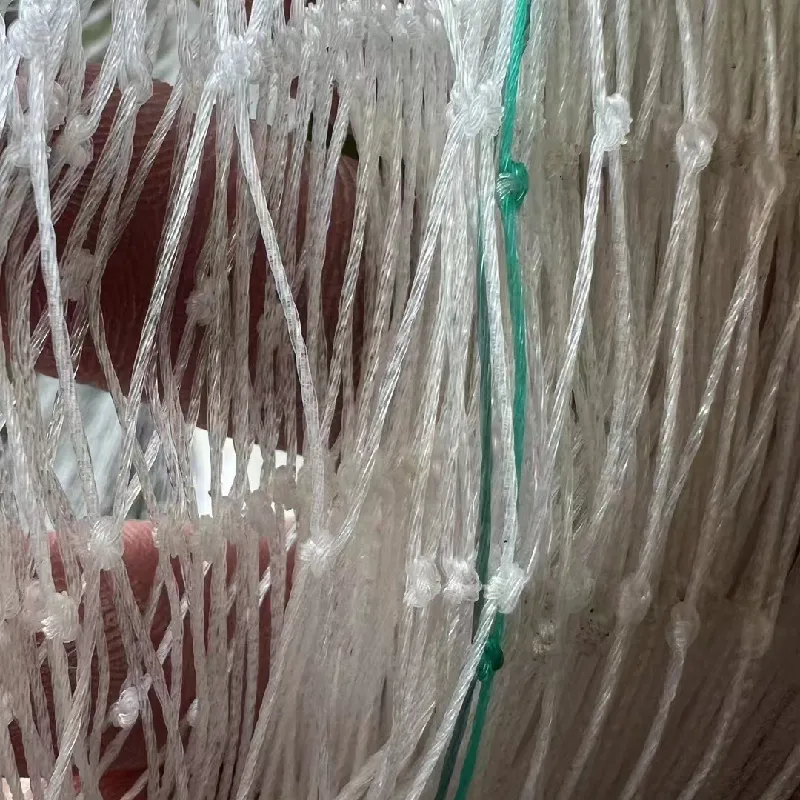-
 Afrikaans
Afrikaans -
 Albanian
Albanian -
 Amharic
Amharic -
 Arabic
Arabic -
 Armenian
Armenian -
 Azerbaijani
Azerbaijani -
 Basque
Basque -
 Belarusian
Belarusian -
 Bengali
Bengali -
 Bosnian
Bosnian -
 Bulgarian
Bulgarian -
 Catalan
Catalan -
 Cebuano
Cebuano -
 China
China -
 Corsican
Corsican -
 Croatian
Croatian -
 Czech
Czech -
 Danish
Danish -
 Dutch
Dutch -
 English
English -
 Esperanto
Esperanto -
 Estonian
Estonian -
 Finnish
Finnish -
 French
French -
 Frisian
Frisian -
 Galician
Galician -
 Georgian
Georgian -
 German
German -
 Greek
Greek -
 Gujarati
Gujarati -
 Haitian Creole
Haitian Creole -
 hausa
hausa -
 hawaiian
hawaiian -
 Hebrew
Hebrew -
 Hindi
Hindi -
 Miao
Miao -
 Hungarian
Hungarian -
 Icelandic
Icelandic -
 igbo
igbo -
 Indonesian
Indonesian -
 irish
irish -
 Italian
Italian -
 Japanese
Japanese -
 Javanese
Javanese -
 Kannada
Kannada -
 kazakh
kazakh -
 Khmer
Khmer -
 Rwandese
Rwandese -
 Korean
Korean -
 Kurdish
Kurdish -
 Kyrgyz
Kyrgyz -
 Lao
Lao -
 Latin
Latin -
 Latvian
Latvian -
 Lithuanian
Lithuanian -
 Luxembourgish
Luxembourgish -
 Macedonian
Macedonian -
 Malgashi
Malgashi -
 Malay
Malay -
 Malayalam
Malayalam -
 Maltese
Maltese -
 Maori
Maori -
 Marathi
Marathi -
 Mongolian
Mongolian -
 Myanmar
Myanmar -
 Nepali
Nepali -
 Norwegian
Norwegian -
 Norwegian
Norwegian -
 Occitan
Occitan -
 Pashto
Pashto -
 Persian
Persian -
 Polish
Polish -
 Portuguese
Portuguese -
 Punjabi
Punjabi -
 Romanian
Romanian -
 Russian
Russian -
 Samoan
Samoan -
 Scottish Gaelic
Scottish Gaelic -
 Serbian
Serbian -
 Sesotho
Sesotho -
 Shona
Shona -
 Sindhi
Sindhi -
 Sinhala
Sinhala -
 Slovak
Slovak -
 Slovenian
Slovenian -
 Somali
Somali -
 Spanish
Spanish -
 Sundanese
Sundanese -
 Swahili
Swahili -
 Swedish
Swedish -
 Tagalog
Tagalog -
 Tajik
Tajik -
 Tamil
Tamil -
 Tatar
Tatar -
 Telugu
Telugu -
 Thai
Thai -
 Turkish
Turkish -
 Turkmen
Turkmen -
 Ukrainian
Ukrainian -
 Urdu
Urdu -
 Uighur
Uighur -
 Uzbek
Uzbek -
 Vietnamese
Vietnamese -
 Welsh
Welsh -
 Bantu
Bantu -
 Yiddish
Yiddish -
 Yoruba
Yoruba -
 Zulu
Zulu
Exploring the Impact of Plastic Waste on Our Environment and Future Generations
The Rise and Impact of Plastic Nets in Modern Industries
In recent years, plastic nets have emerged as essential tools across various industries, from agriculture to seafood, and even in construction. Their versatility, durability, and cost-effectiveness make plastic nets an attractive option for many applications. This article delves into the multifaceted benefits of plastic nets, their contribution to sustainability, and the challenges they present in our quest for a greener future.
Versatility in Application
Plastic nets are available in different designs and materials, including polyethylene and polypropylene, making them suitable for a variety of purposes. In agriculture, for instance, they can be used for crop protection, enabling farmers to shield their produce from pests and harsh weather conditions. These nets can also support climbing plants, improving the yield and quality of fruits and vegetables. The lightweight nature of plastic nets allows for easy installation and movement, providing farmers with flexible solutions for their farming needs.
In the fishing industry, plastic nets are utilized for aquaculture and fishing, providing secure environments for cultivated marine species. These nets prevent fish from escaping while allowing for adequate water circulation, which is crucial for their growth. Additionally, plastic nets have become a popular choice for packaging seafood, ensuring freshness and visibility for consumers.
Construction and logistics benefit from plastic nets as well. Used as safety nets at construction sites, they protect workers from falls and accidents. Lightweight and easy to transport, these nets can be reused for different projects, reducing waste and cost. In logistics, plastic nets help secure loads during transportation, preventing damage while being environmentally friendly compared to traditional materials.
Contribution to Sustainability
plastic net

One of the most significant advantages of plastic nets is their potential to contribute to sustainable practices. Compared to their metal or wooden counterparts, plastic nets have a longer lifespan and are resistant to degradation from environmental factors. Many manufacturers are now focusing on recycling practices, using recycled plastics to create new nets. This not only minimizes waste but also reduces the reliance on new plastic production, which is a major contributor to pollution.
Moreover, the lightweight nature of plastic nets leads to lower transportation emissions, as they require less fuel to move from one location to another. This diminishes the carbon footprint associated with their use, making them a more sustainable choice for various industries.
Addressing Challenges
Despite their advantages, the rise of plastic nets also presents challenges. The environmental impact of plastic waste remains a significant concern, especially when these nets are disposed of improperly. Unlike natural fibers, plastic nets do not decompose easily, contributing to pollution in oceans and landscapes. To combat this issue, a growing number of initiatives aim to promote recycling and the proper disposal of plastic products.
Additionally, the motivation for sustainable alternatives is pushing researchers and manufacturers to explore biodegradable options or create nets that can be easily integrated into existing recycling systems. By investing in innovative materials and processes, the industry can work towards minimizing the environmental impact of plastic nets.
Conclusion
Plastic nets have established themselves as valuable tools across various sectors, providing versatility, durability, and cost-effectiveness. Their role in promoting sustainable practices cannot be understated, especially when coupled with recycling initiatives and responsible manufacturing. However, addressing the environmental challenges associated with plastic waste is crucial for ensuring that the benefits of plastic nets do not come at a cost to our planet. As industry leaders continue to innovate, it is essential to balance utility with sustainability, paving the way for a more responsible future in the use of plastic products.
-
Shipping Plastic Bags for Every NeedNewsJul.24,2025
-
Safety Netting: Your Shield in ConstructionNewsJul.24,2025
-
Plastic Mesh Netting for Everyday UseNewsJul.24,2025
-
Nylon Netting for Every UseNewsJul.24,2025
-
Mesh Breeder Box for Fish TanksNewsJul.24,2025
-
Expanded Steel Mesh Offers Durable VersatilityNewsJul.24,2025











